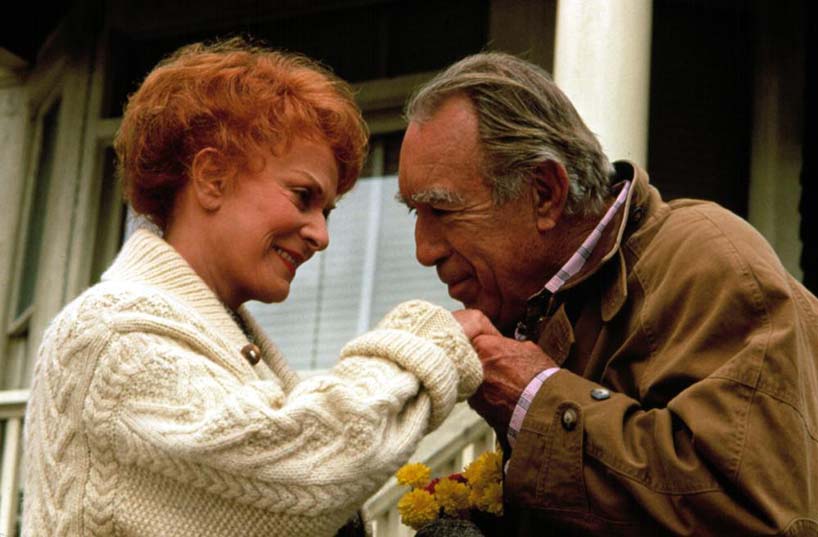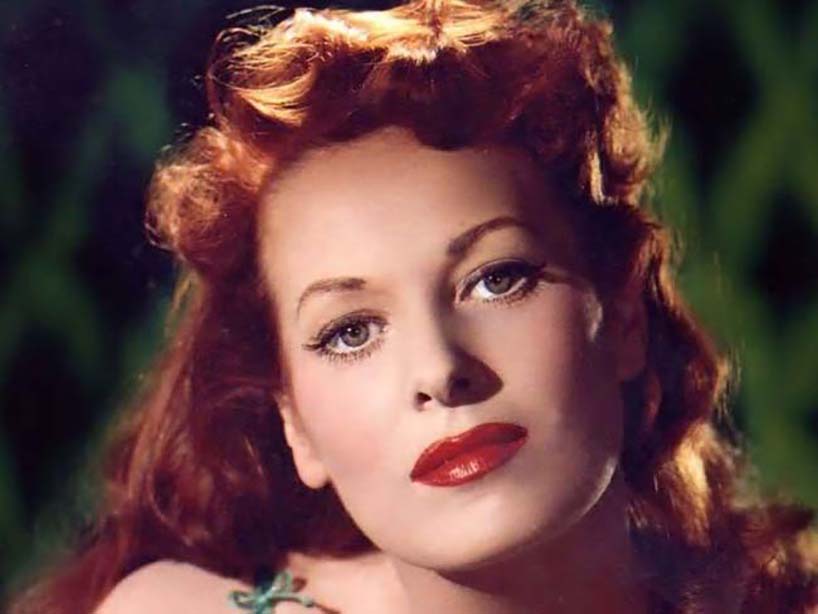Erik Yates
One of the last actresses from Hollywood’s golden age passed at the age of 95. Maureen O’Hara has always exemplified grace. Known for her fiery red hair, and characters that burned an equally fiery temper, she is associated with some of the biggest known directors, actors, and films of the last century. Alfred Hitchcock, Jimmy Stewart, Natalie Wood, Chris Columbus, Anthony Quinn, Errol Flynn, John Ford, and of course John Wayne.
Known best for the original Miracle on 34th Street, the original The Parent Trap, How Green Was My Valley, and McClintock, for me it was seeing her as the spunky and stubborn Mary Kate Danaher in John Ford’s classic film The Quiet Man that made me fall in love with her spirit. Mary Kate was every bit the Irish woman that Maureen O’Hara was in real life. She was beautiful, sassy, tender, and stubborn. She wasn’t afraid to roll up her sleeves and work for what she wanted, but she also could easily slip into a quiet role of domesticity when surrounded by the things she loved.
In many ways this is what she did in her private life, content to retire from public life, only briefly coming back to work with John Candy in Chris Columbus’ film Only the Lonely. But it was Mary Kate Danaher that exuded femininity, progressive feminism, and individualism that still valued collaboration that marked out the ground that was inhabited by all of her other roles across her 62 years in film. The flame of her fiery red hair and personality has been extinguished at the age of 95, and with her, so has one of the last vestiges of the romanticized eras of Hollywood.

Only the Lonely (1991)
Sharon Autenrieth
Pick almost any stage of Maureen O’Hara’s career, and it will include one of my favorite movies. At 19 she was the gypsy, Esmeralda, taking pity of Quasimodo in The Hunchback of Notre Dame. Throughout the 40s and 50s, as Erik Yates mentioned above, she stood out in movies like How Green Was My Valley, Miracle on 34th Street, and The Quiet Man – movies I’ve watched over and over in my lifetime. Every child of my generation knew her as the strong, beautiful mother from the original The Parent Trap, made when O’Hara was in her early 40s. And she was outstanding as John Candy’s controlling mother in Only the Lonely, released when O’Hara was past 70.
It was a career with terrific longevity, and across all of those decades Maureen O’Hara demonstrated grace and grit. She was beautiful, but her characters were often no-nonsense, hot tempered, determined to control rather than be controlled. It was an inspiring combination for me, as a young girl watching her movies. Femininity needn’t mean weakness, compliance or playing the damsel in distress: Maureen O’Hara made that clear.
She was never nominated for an Oscar, but in 2014 Maureen O’Hara received an honorary award from the Academy. Seated in a wheelchair, O’Hara thanked a number of people in her prepared speech, but after becoming a bit lost in her notes she had to be prompted to thank “that old devil” director John Ford. Then, exasperated when her speech was off (not once, but twice), O’Hara kicked off her shoe in frustration as she was wheeled off the stage. It was a display of that temper she was known for onscreen. “I do like to get my own way,” she told an interviewer in 1991, and that characteristic seems to have stayed with her throughout her life. Later, in the same show, fellow honorary recipient Hayao Miyazaki said that his “greatest luck” in life was in meeting “Miss Maureen O’Hara.”
All of us who have seen Maureen O’Hara’s films share some piece of that good fortune. She was an extraordinary actress who left us with over 60 years of vibrant, unforgettable performances.

The Quiet Man (1952)

